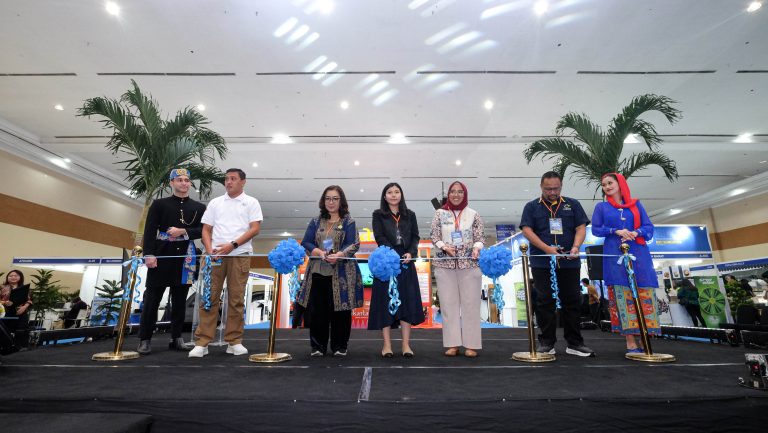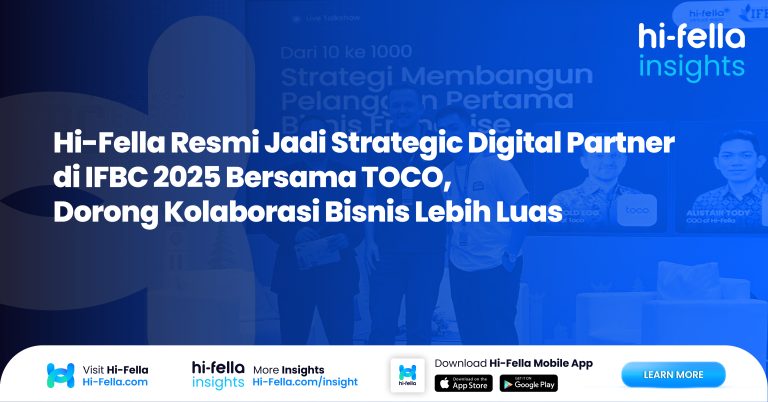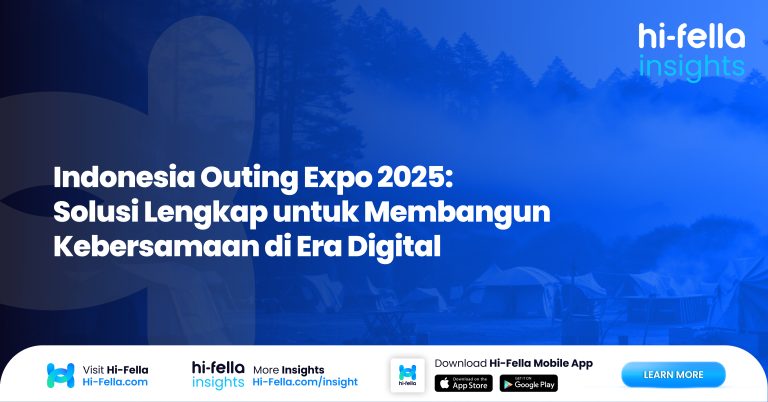In an era where global headlines can ripple through supply chains overnight, future-proofing your business is no longer a luxury—it’s a necessity. From territorial conflicts to trade wars and shipping chokepoints, geopolitical risks are reshaping the way companies operate, forecast, and source.
While political uncertainty can’t be eliminated, it can be mitigated. The key lies in resilient partnerships, agile networks, and real-time intelligence. That’s where platforms like Hi-Fella come in—helping businesses connect with trusted buyers and suppliers worldwide to navigate disruption with clarity and confidence.
Mapping the Impact of Modern Geopolitical Shocks on Global Trade
Recent years have seen a sharp escalation in trade disruption due to conflict, tension, and sanctions. The effects are tangible, measurable, and often immediate:
- The Russia–Ukraine war led to significant shifts in wheat exports, energy prices, and European FDI patterns.
- U.S.–China trade tensions triggered over $500 billion in tariff-based distortions and supply chain rewiring, particularly in electronics and machinery sectors.
- Attacks on vessels in the Red Sea raised shipping insurance premiums by over 300%, rerouted cargo around the Cape of Good Hope, and delayed key exports by weeks.
- Instability in the Middle East has impacted oil futures, air freight corridors, and investor confidence across sectors from textiles to defense logistics.
According to UNCTAD’s 2024 report, global container freight reliability dropped below 65% in key corridors during periods of geopolitical unrest. Meanwhile, a 2023 McKinsey study found that 76% of executives have accelerated diversification planning in response to geopolitical threats.
The message is clear: disruptions don’t stay regional—they ripple through global trade networks instantly.
Building Agility Through Diversified Supply Chains and Markets
When one route or region becomes volatile, dependency turns into vulnerability. That’s why diversification—both in supply base and customer geography—is a core strategy for resilience.
Companies that weather disruption well often:
Source from Multiple Regions
Diversifying supply sources across multiple regions helps reduce reliance on any single country or geographic area. This approach is particularly effective in mitigating risks related to political instability, natural disasters, or trade restrictions in a specific region. By sourcing from both nearshore and “friend-shore” partners, companies can build more agile and secure supply networks.
“Friend-shoring” refers to sourcing from countries with strong political and economic ties, creating more predictable and stable supply channels. Nearshoring, meanwhile, offers logistical advantages like reduced shipping time and better alignment in business culture or regulations. Both strategies make supply chains more adaptable and responsive.
By tapping into multiple regions, companies can respond more effectively to sudden disruptions. If one supplier faces a delay or shutdown, others can compensate to ensure continuity. This built-in flexibility is key for companies in high-risk or high-demand sectors like technology, manufacturing, and pharmaceuticals.
Expand into Emerging Markets
Emerging markets often present new growth opportunities with less political alignment risk. These markets may not be directly affected by conflicts or tensions that disrupt traditional supply regions, making them valuable partners in building resilient operations.
In addition to risk mitigation, entering emerging markets allows firms to capitalize on lower labor and production costs, expanding margins. Many of these regions are actively developing infrastructure and seeking foreign partnerships, creating favorable conditions for international businesses.
Establishing a presence in emerging markets also opens access to new customer bases. As these economies grow, they can become both supply sources and demand centers—further strengthening the company’s global footprint and long-term prospects.
Build Dual Suppliers
Relying on a single supplier for critical inputs like chips, chemicals, or metals introduces significant risk. A disruption at one source—whether due to natural disasters, political instability, or financial collapse—can bring operations to a standstill. By maintaining dual suppliers, companies protect themselves from such single points of failure.
Having two or more suppliers also encourages competition, potentially driving down prices or improving service levels. This dynamic can lead to better quality assurance, innovation, and flexibility in sourcing agreements. It’s a proactive strategy rather than a reactive fix.
Dual sourcing requires careful management and alignment to ensure consistency and reliability. However, the upfront coordination pays off by increasing resilience, particularly in sectors where supply security is mission-critical, such as electronics, automotive, and defense.
Case in point:
- In semiconductors, several U.S. firms diversified away from East Asia by partnering with foundries in India, the EU, and the U.S. Southwest.
- Global agribusinesses rerouted wheat supply chains from Eastern Europe to South America during the early days of the Ukraine conflict.
- Battery producers shifted focus to Australian and South American lithium as a hedge against China-dominant rare earth sources.
Diversification may increase short-term costs, but it reduces long-term exposure to catastrophic disruption.
Integrating Geopolitical Intelligence Into Business Forecasting
Many companies already track interest rates and oil prices. But few embed geopolitical risk into day-to-day decisions. That’s changing.
Forward-looking firms now use:
- Geopolitical risk indices (e.g., GPR, Eurasia Group ratings) to assess volatility hotspots
- Real-time threat monitoring tools such as Factal or Dataminr
- Scenario planning models that factor in invasion risk, port shutdowns, or export bans
- Political risk advisory services to inform regional expansion and regulatory strategy
These tools are being integrated into sourcing, finance, logistics, and investor relations—creating cross-functional awareness of geopolitical exposure.
For example, a major global apparel brand now models regional factory risk not only by cost and capacity, but by likelihood of labor-related sanctions, border blockades, or regime instability—allowing faster pivoting in crisis scenarios.
The result: faster reaction time, smarter hedging, and stronger investor confidence.
The ESG and Reputation Factor During Crisis Periods
Geopolitical risk is no longer only a logistical concern. It’s also a matter of brand reputation and investor ethics. In today’s ESG-driven investment landscape, how your company responds to geopolitical challenges matters.
Global buyers and financiers increasingly ask:
- Are you sourcing from sanctioned or high-risk regions?
- Have you conducted human rights due diligence on your supply chain?
- Do your logistics partners adhere to ethical and environmental standards, even in crisis zones?
Institutions like the OECD, EU Commission, and World Bank are pushing for mandatory supply chain transparency. Investor platforms now downgrade ESG scores if companies fail to conduct conflict-sensitive audits or ignore sanctions compliance.
For example:
- Several global food companies lost retailer contracts after being linked to banned palm oil supply zones.
- A tech manufacturer faced shareholder revolt for continuing exports into regions flagged for forced labor practices.
Ethical sourcing isn’t just compliance—it’s a competitive differentiator in times of crisis.
Join Hi-Fella Today!
In today’s volatile geopolitical landscape, your network is your shield. Whether you’re navigating shifting sanctions, disrupted shipping routes, or political uncertainty, the ability to source and sell across stable and trusted partners is mission-critical.
Hi-Fella equips your business with the resilience it needs:
- Discover vetted suppliers across multiple regions
- Connect with buyers in both mature and emerging markets
- Access visibility tools and documentation that support compliance
- Expand your reach while reducing overexposure to risky zones
When headlines change overnight, Hi-Fella helps ensure your business doesn’t. Our platform is built for agile, ethical, and future-focused global trade.
Join Hi-Fella today to safeguard your supply chain—and grow with confidence in any geopolitical climate.








